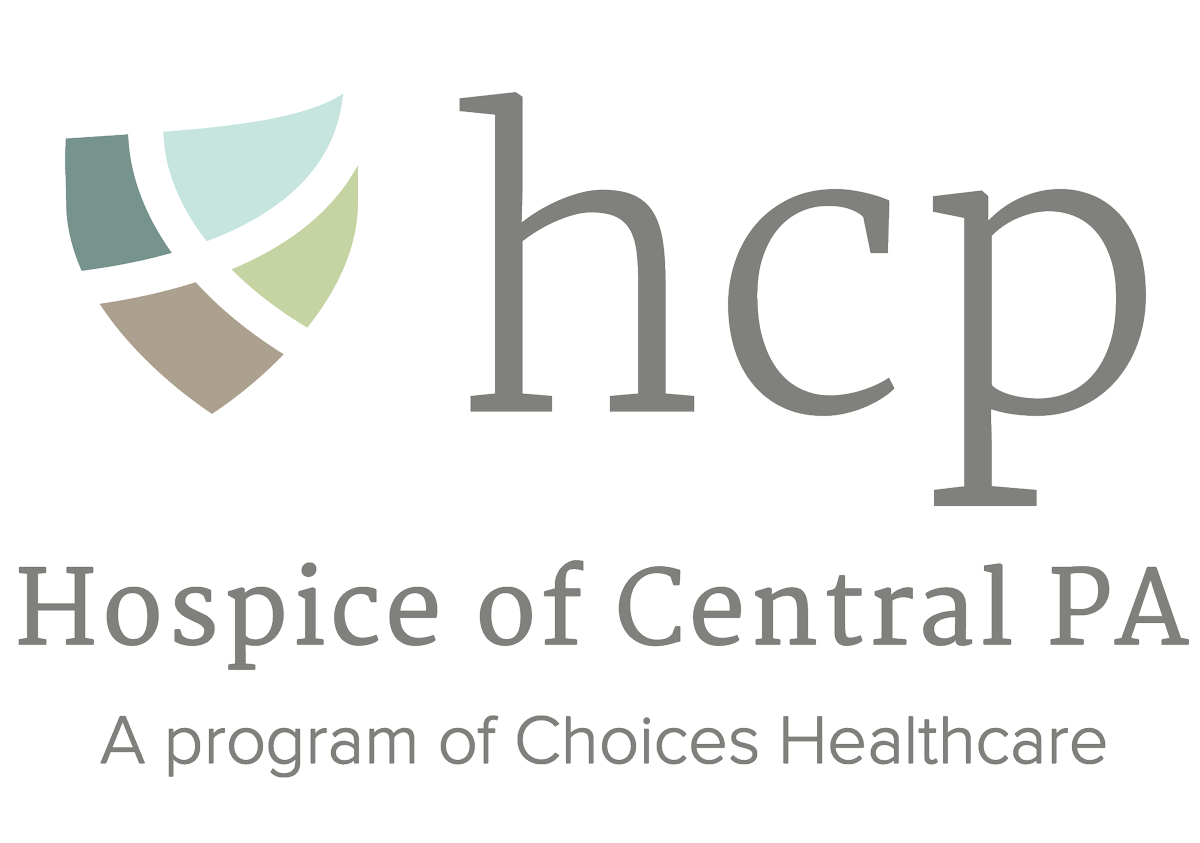What makes a good death? This is a question that many people prefer not to think about in their day-to-day lives. However, for patients facing an uncertain future, it is an extremely relevant reality. The answer can vary from person to person, depending on individual personalities, interests and desires. For most people, a good death is quite simple. It means being physically comfortable, at peace in your own home, surrounded by your loved ones doing the things you love to do up until the very end. These essential details are made possible by hospice care.
Hospice, by definition, is a team-oriented approach to providing specialized care for people facing a life-limiting illness or injury. It includes expert medical care, pain management and emotional support for patients and their families. But more simply, hospice care supports living one’s life to the fullest with dignity regardless of how much time remains.
Seven in 10 Americans said they would prefer to die at home according to a Time/CNN Poll. Statistics show that only 25% actually do according to the Centers for Disease Control and Prevention. In a recent national survey, the overwhelming majority of respondents agreed that expertise in keeping a terminally ill patient as comfortable and as pain-free as possible is the single most important service to consider when caring for a loved one and the end-of-life experience. This is the essence of hospice care.
One of the great myths of hospice, for many who have not experienced it, is that hospice patients are merely lying in a bed, barely conscious. This is not the case. When a patient is admitted at an appropriate time, hospice care can improve their quality of life. Research shows that health care providers feel responsible to discuss hospice with their patients when the time is right, as it provides a type of care that they are unable to give. Nearly three-fourths of family caregivers agree that hospice care is a better choice for a terminally ill patient. Of this group, 69% believe that involvement in hospice makes a better impact on the patient’s family as well.
Another hospice myth is that families lose control over what happens to their loved ones. The facts are that a family is generally able to choose their preferred hospice provider for a loved one, and can be trained to serve as a primary caregiver, with a specialist to provide support when needed. It is the unique nature of hospice that allows for the feeling of family and comfort to become embedded and vital in the patient’s care. This concept of more family interaction explains the overall goal of hospice – creating more moments of life before a life is over.
Hospice enables moments and memories that would otherwise not occur. It is the quality of these final moments, after all, that can define a “good death.”
It’s never too soon to explore your end-of-life options. For more information about hospice care, visit hospiceofcentralpa.org.
